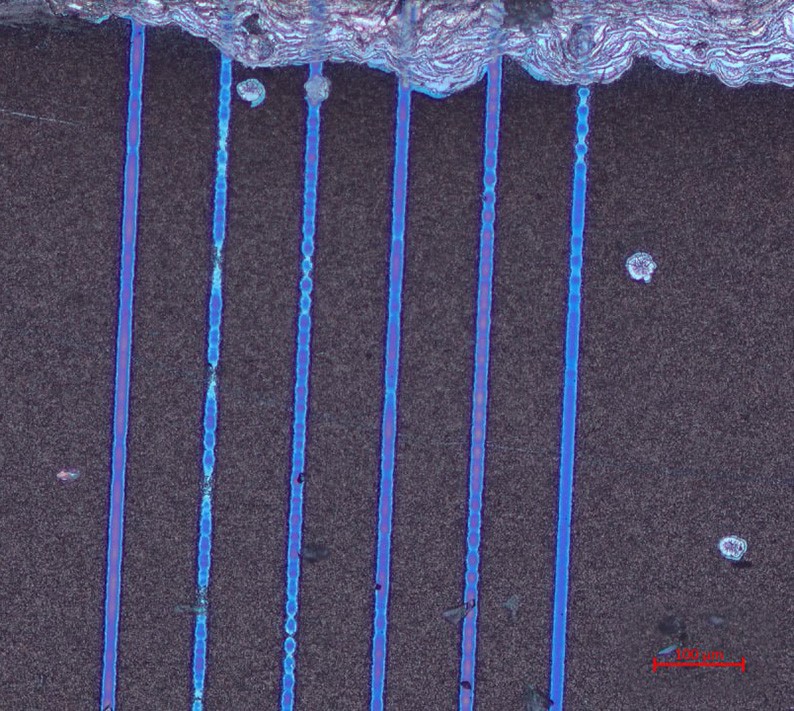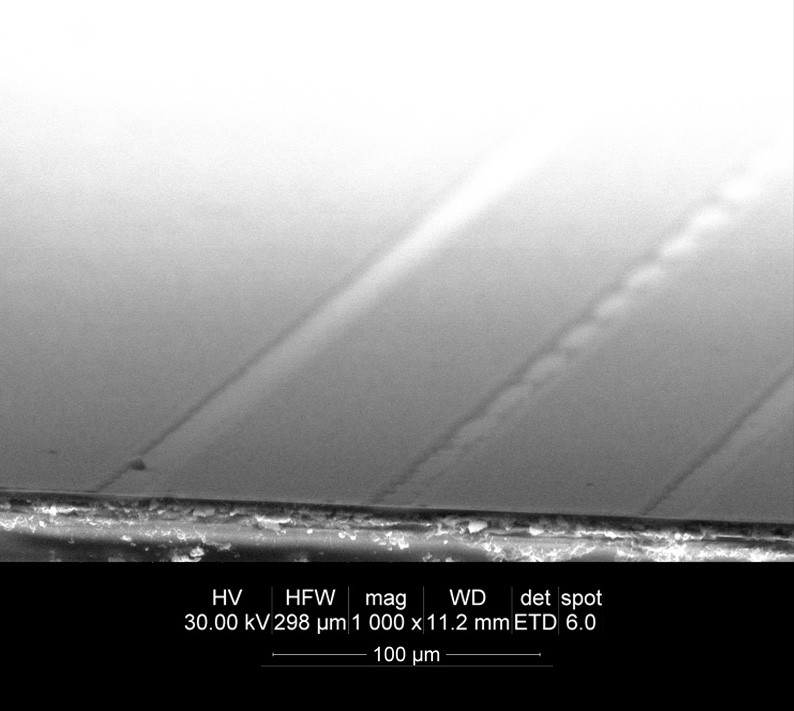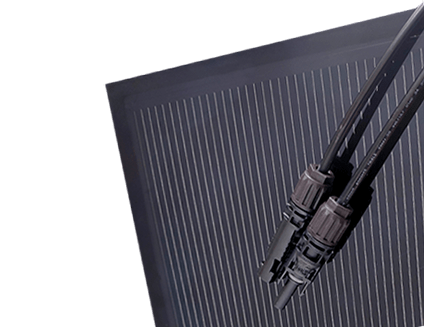
SITA
The SITA Project, the beneficiary of which is i.a. Roltec aims to create a stable inorganic tandem photovoltaic cell with increased efficiency and durability. Universities, institutes and representatives of the industry participate in the project financed by the European Union.
Solutions that increase the efficiency and durability of photovoltaic cells are constantly being sought. Opportunities for a step increase in efficiency and reduction of the cost of producing a kW of energy per m2 of surface are provided by tandem panels. The SITA consortium is developing a solution combining silicon cells with CIGS cells.
Roltec’s tasks within the SITA Project:
- industrial application of the back contact,
- laser structuring (Roltec the leader of the task),
- module encapsulation,
- assessment of industrial application.
The combination of two mature technologies is to result in the creation of a photovoltaic cell with an efficiency exceeding 30% and a durability of over 30 years.


SITA Project in numbers:
SITA aims to explore an innovative concept of tandem solar cells with a 2‑terminal (2T) approach based on two technologies: Silicon Heterojunction (SHJ) and Cu(In,Ga)(Se,S) 2 (CIGS) with a wide band gap. The innovative tandem concept — which requires no additional cables or electronics — is made possible by the latest developments in wide-gap CIGS, achieving efficiencies above 18%. SITA will demonstrate the durability of the new modules in realistic outdoor conditions, delivering the next generation of stable inorganic tandem solar modules with the highest unit efficiency (>30%).
The SITA technology will be based on SHJ modules and will increase their efficiency by a factor of 1.5, with a marginal increase in the consumption of the most expensive raw materials. This, in turn, leads to a significant reduction in area-related system costs of up to 25% per installed capacity and a corresponding reduction in LCOE.
The efficiencies of tandem junctions have recently approached or even exceeded the Shockley-Queisser limit for single junction prototype devices. SITA will address remaining constraints in terms of stability, scalability, production costs and environmental impact.
The SITA consortium, apart from Roltec, also includes: Upssala Universitet, Martin-Luther Universität Halle, Univerisité du Luxembourg, Helmholtz-Zentrum Berlin für Materialien und Energie GmbH, imec, Centre National de la Recherche Scientifique, International Iberian Nanotechnology Laboratory, Empa, Zentrum für Sonnenenergie- und Wasserstoff-Forschung Baden-Württemberg, Sunplugged, Meyer Burger and Vlaamse Instelling Voor Technologisch Onderzoek N.V.
You will find more information about the SITA consortium pages.

Photo from an optical microscope

SEM microscope photo

SEM microscope photo

Funded by the European Union. Program: HORIZON, Call for proposals: HORIZON-CL5-2021-D3-02, Project ID: 101075626.
Horizon Europe is the largest research and innovation program in the history of the European Union. Its goal is to support innovation in Europe in the field of environmental, energy, digital and geopolitical challenges. The programme’s budget is EUR 95.5 billion. Horizon Europe strengthens scientific cooperation within the European Union member states, increases economic growth and promotes competitiveness. More information on the Horizon Program website.


